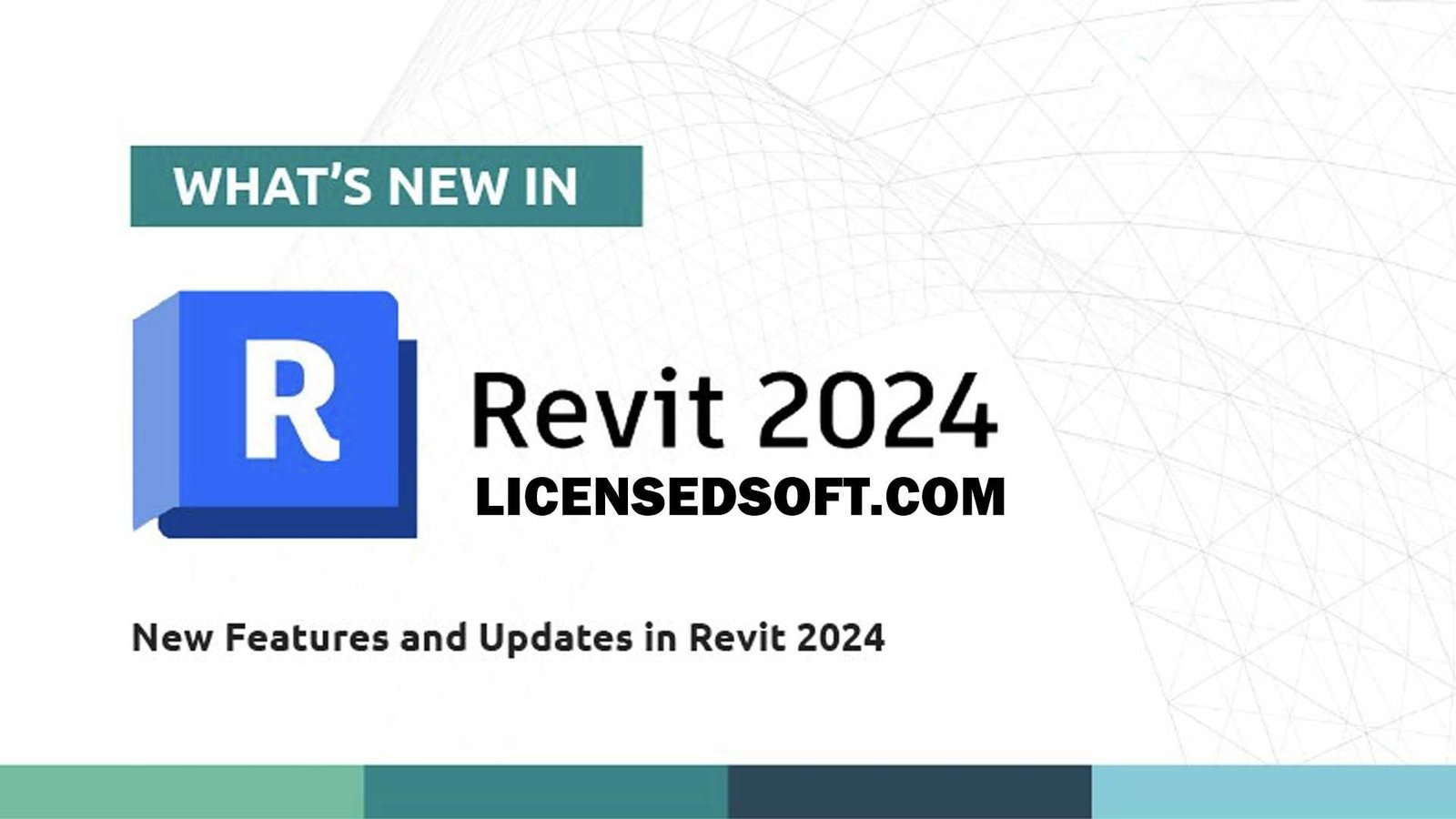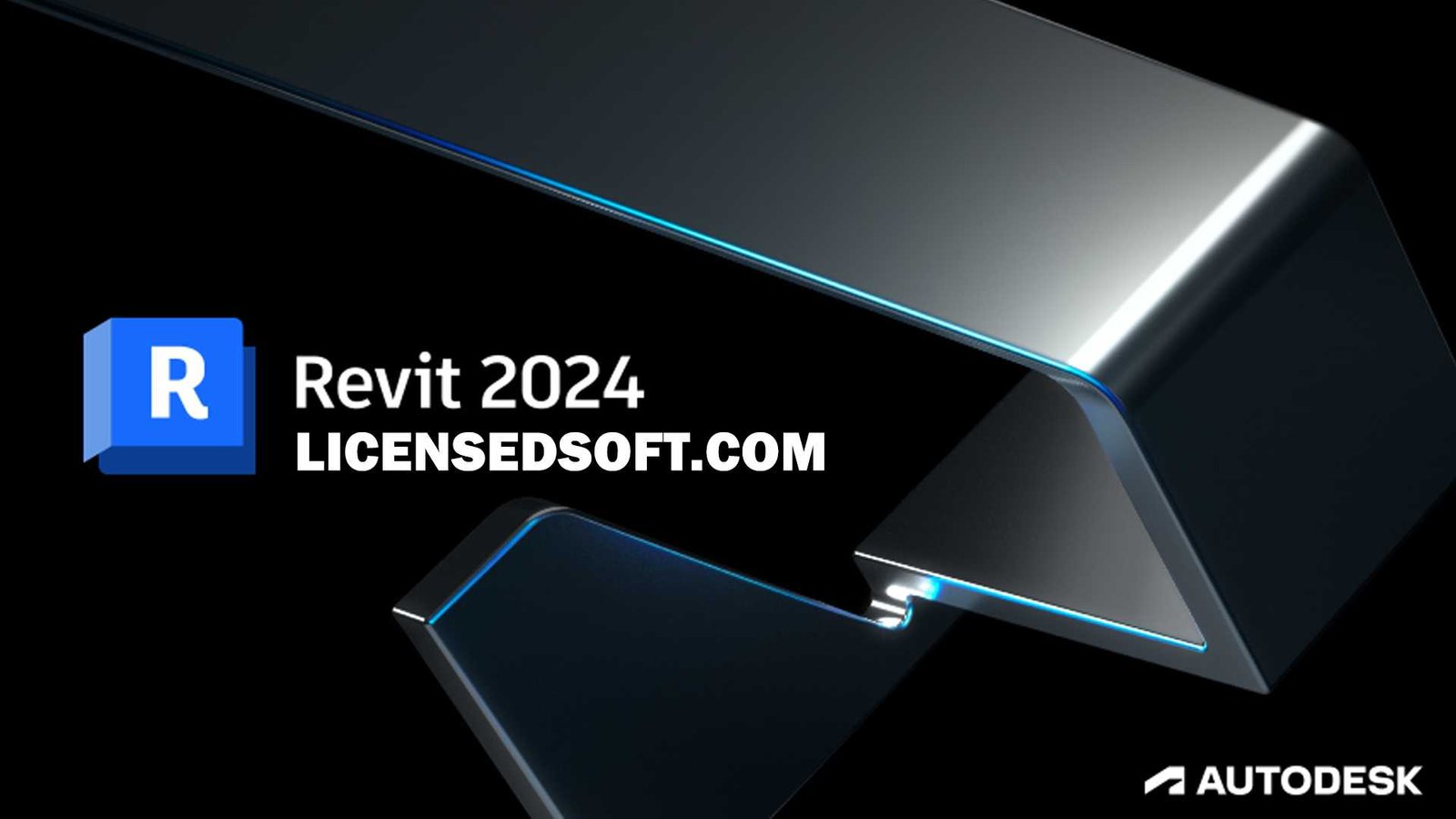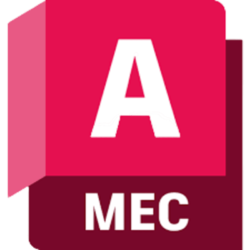Autodesk Revit 2024 is a powerful 3D building information modeling design software. The new version of Revit 2024 has been released and promoted globally. Autodesk Revit 2024 debuts two workflows: a construction-to-manufacturing workflow between Revit and Inventor, and an upcoming Revit-to-Microsoft Power Automate connection. What’s New in Autodesk Revit 2024 Better performance, more productivity features that come from your requests, and a smarter way to work with data, whether on the desktop or in the cloud.
We’re excited about this release because Autodesk Revit is more performant, more intuitive, and better suited to the way you work. Autodesk Revit is constantly validating it against your changing needs, with over 30 feature requests coming from Revit ideas. It balances minor enhancements with major new introductions: upgrades that improve quality of life today (hello, swapping views on drawings), and game-changers for the future, such as the new granular data exchange for Autodesk Revit 2024 and supported jobs Stream Autodesk documentation in the AEC series. Oh, and did we mention: this Revit is really upgraded, with many performance enhancements aimed at faster calculations, especially when working with large models. You can also get Autodesk Revit 2023 By LicensedSoft.

Autodesk Revit 2024 New Features:
1. Extended and fine-tuned positioning modeling and documentation tools
Like last year’s version, 2024 includes day-to-day design improvements for document workflows. We’ve smoothed out the tools you’re already familiar with, so you can see immediate results on your work. Filtering by worksheet in a schedule is, first of all, a solid addition to ensuring the correct data in a dossier. Schedules are evolving as conditional formatting is added to key schedules for families and types, an enhancement from the Revit community. You’ll also find new features to control the display and markup of replaced elements, making complex annotations clearer. Viewing filters, more cuttable categories, and new 3D measurement tools are all in Revit 2024, marking an overall evolution of Revit as a professional-grade, design-to-documentation workhorse.
2. Provides structural engineers with more flexibility and control through improved analytical modeling
Greater speed, the versatility you need, and the quality control your clients will appreciate drive structural engineers’ transition to new analytical modeling workflows. Contextual models in 2D and 3D views, autonomously define design intent based on physical models, or start with a parametric “analysis-first” approach to develop analytical models based on engineering requirements for buildings, roof structures, pavilions, stairs, etc. With increased automation of the rebar connection library, and many improvements to rebar, including adaptive placement and better visualization, Revit 2024 provides structural engineers and detailers with a more complete toolset.
3. Plan-based load analysis for electrical engineers saves time in early stages of projects
The new electrical analysis workflow introduced in Revit 2024 is designed to use linked DWG, pdf or Revit models as the basis for load calculations in Revit. These load calculations, along with the new ability to conceptually define electrical system elements, allow you to determine preliminary building loads and loads on major equipment components directly within the Revit environment.
4. From form production to documentation with greater data fidelity through 3D sketching in Revit and FormIt Pro.
The FormIt Pro to Revit 3D sketching workflow connects the hand-drawn and calculated form making in FormIt Pro with the essentials of design development and documentation in Revit. Save modeling time and rework, and leverage early analysis to evaluate and seamlessly translate design concepts into design outcomes. Also, for early designs, Autodesk is seeking your feedback on the new Spacemaker for Revit add-in, which is now in beta for European subscribers, with a trial version of Spacemaker available. Keep scrolling for more details.

Highlights of Revit 2024
1. terrain entity
Community idea: Create terrain primitives as solid geometry.
2. Autodesk Revit dark theme
Community Idea: Revit supports a dark theme for the first level user interface, including the Properties palette, project browser, options bar, view control bar, and status bar. You can also set the drawing area (canvas) theme to Dark or Light from the ribbon and the Options dialog box.
3. Align Surface Patterns
Community idea: Use the Align tool to align surface patterns on shape edited entities. You can align hatch patterns across an entire surface, or triangulated faces individually.
4. Cut Geometry Enhancements
Community Idea: Additional categories have been enabled to allow snipping in project context.
5. Search in the project browser
Community idea: The Search feature is now at the top of the Project Explorer.
6. Create Revision Cloud Schedules
Community Idea: Use the Revision Cloud Schedule to quickly manage revision cloud parameter information.
7. Link coordination model
Community Idea: Visually cross-check models across disciplines and phases of a project. In 3D view, visually compare collaborative models created in Revit or other modeling tools for easy coordination.
8. Snap Points for Coordination Models
Community idea: Use snap points to easily model in context, measure the distance between two reference objects based on a coordination model point, or better position a coordination model.
9. More path alignment options for free form rebar
Select how to align the bars in the rebar set and make the bars in the rebar set parallel to the plane selected in the Align/Closure constraint.
10. Rebar Bending Details on Rebar Drawings
Community Idea: Add bending details to rebar drawings to create accurate rebar bending and installation instructions.
11. Rebar Bending Details in Schedules
Community Idea: Create clear fabrication instructions by adding rebar bending schedules, including shape bending details that accurately represent rebar geometry.
12. Custom Physical-Analytical Entity Associations
Create multiple associations between entities to better coordinate updates between physical and analytical models.
13. Enhanced Analysis Loads
Apply structural loads to analytical members and panels over defined areas of host objects.
14. Detailed results reporting for connection automation rules
The information generated in the detailed report can be used to better manage steel connections.
15. Flow and pressure calculations for MEP precast elements
To integrate design and precast workflows, flow and pressure drop calculations have been added to straight sections of precast components. These results apply to straight segments only.
16. Create an energy analysis model by element in a 3D view
Section boxes, view filters, or Visibility/Graphics Overrides can be used to display elements in a 3D view and include only those elements when generating an energy analysis model.







